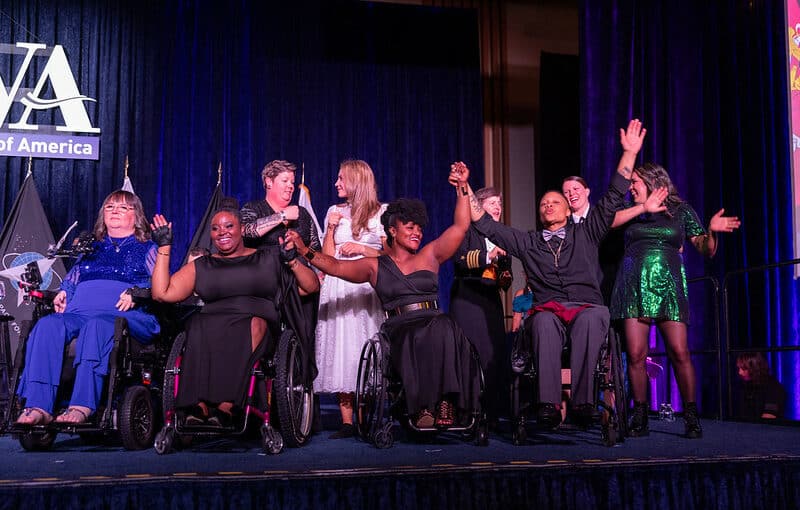Disabled Do-It-Yourselfers Lead Way to Technology Gains
via ![]()
By David M. Perry, The New York Times
Technology is changing the ways that disabled people interact with the world; perhaps more important, it’s also shifting how the world interacts with disabled people.
As the 30th anniversary of the Americans With Disabilities Act approaches on July 26, many leaders, designers and scholars in the disability community say that they aren’t excited by stair-climbing wheelchairs, mechanical exoskeletons or brain-controlled prosthetics. They are drawn to innovations that embed accessibility into everyday technologies and the spaces that we all share. Also, they want people to stop trying to solve problems that don’t exist.
Mark Riccobono, who lost his sight to glaucoma as a child and is president of the National Federation of the Blind, says that blind people generally love their white canes, a simple and effective piece of technology. “A couple times a year someone comes to us and says, ‘We have this great new idea for how to replace the cane!’ ” he said. “We try to be objective, but no. You’re trying to solve a problem that’s not a problem.”
Disability technology can be so quotidian that nondisabled users don’t even notice. GPS and spell-check, so ubiquitous for so many people, are technologies that assist me with dyslexia. Smartphones, where I find my GPS, may be the most powerful accessibility devices in history, especially now that voice control offers an alternative to touch screens for Blind and low-vision users, or people without the manual dexterity to operate them. (No interface is perfect, however. Some people might actually want buttons over sleek screens. And affordability remains a problem.)
As hubs for accessibility programming, though, smartphones drive down costs. For example, Fred Downs, who lost his left arm when he stepped on a land mine during the Vietnam War and is now an advocacy director for Paralyzed Veterans of America, says that in 1980, screenreaders cost up to $50,000 a unit and could read one page at a time out loud. Now every computer, phone and tablet can read nearly any screen. Smartphones provide navigation, manage hearing aids, run speech apps and can even drive a wheelchair.



